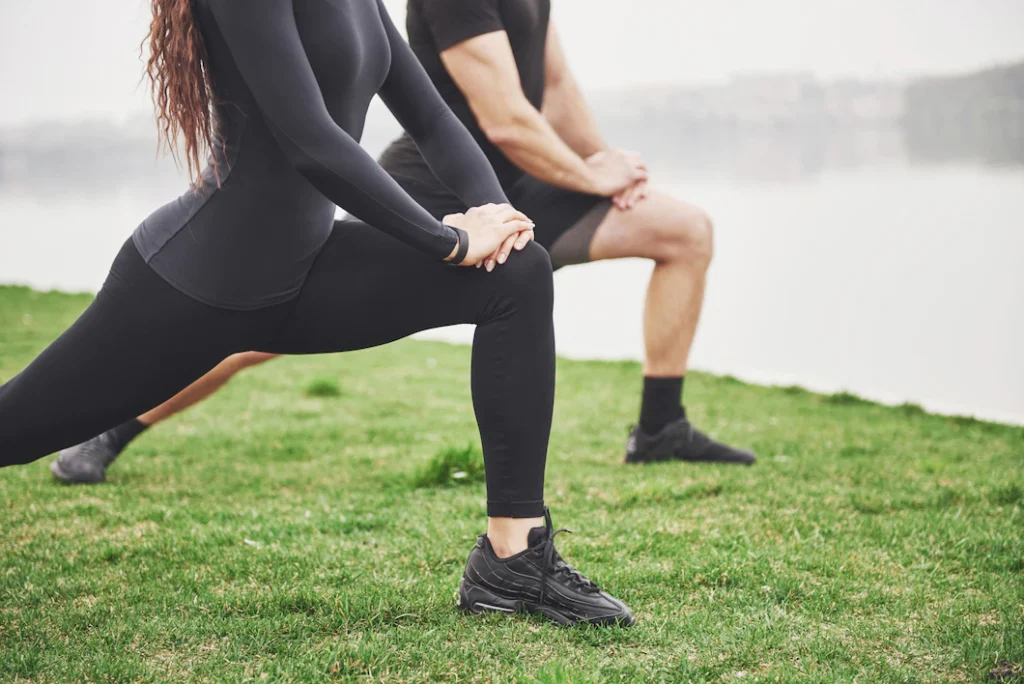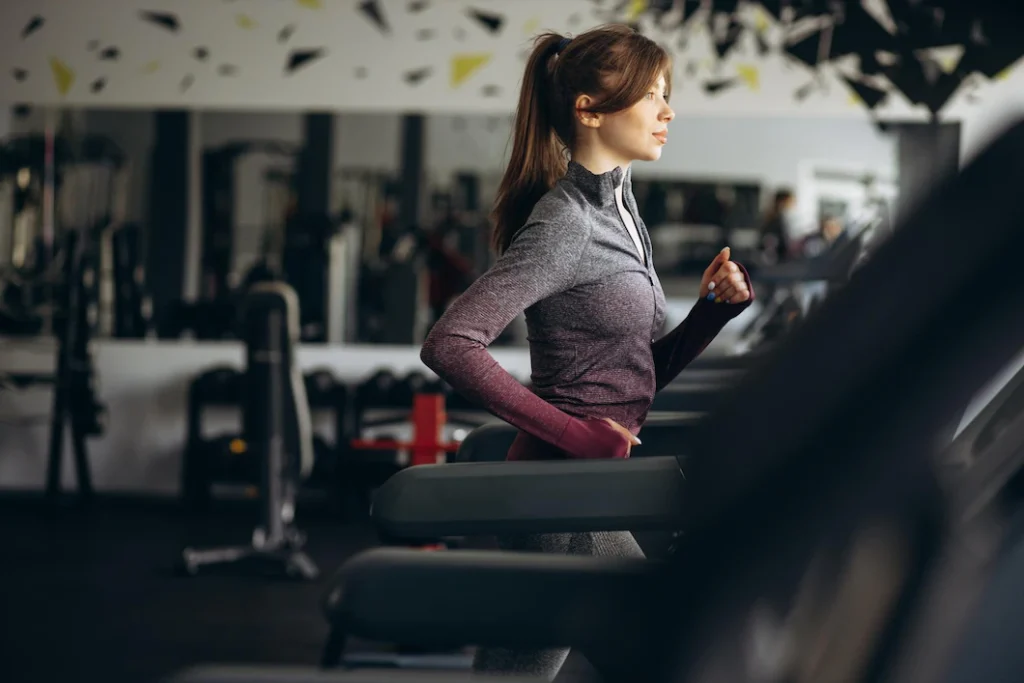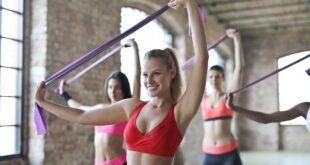When it comes to being healthy, regularly exercising is essential. And you’ll likely see the benefits of engaging in consistent physical activity on your physical and mental well-being immediately.
However, working it into your daily routine will take determination, and keeping yourself on the program will require discipline. In other words, it’s not easy to get started and commit to it.
If you’re looking to start an exercise regimen but have no idea how to begin, don’t worry. We’ll cover everything you should know in this guide to exercising for beginners.
Why bother exercising?

Regular exercise has been shown to boost overall health significantly. Its benefits include maintaining or losing body weight and lowering your risks of developing specific conditions and diseases.
Moreover, research indicates that physical activity can improve mood, enhance mental wellness, promote better sleeping habits, and elevate sex life. In other words, it’s a powerful tool for making life better.
Common exercise types

There are many different exercises you can engage in, including but not limited to the following:
• Aerobics. An aerobic fitness program’s core generally involves activities with continuous movements. Some examples are dancing, swimming, and running.
• Strength. As its name implies, strength-based exercises are about increasing muscle power. Plyometrics, resistance training, and weight lifting are some examples of strength exercises.
• Calisthenics. Calisthenics is typically performed without using any equipment using the body’s larger muscle groups. These include lunges, pullups, sit ups, and pushups, to name a few.
• Stability or balance. Exercises based on stability and balance are primarily designed for strengthening muscles while improving body coordination. Some exercises that fit this category are Pilates, core strengthening, and tai chi.
• Flexibility. These exercises aid in muscle recovery, injury prevention, and maintaining a range of different motions. Examples of flexibility-based exercises are yoga and muscle-stretching movements.
These are some of the many activities that you can incorporate into your workout regimen. They can be combined or done individually. The important part is you select the exercise types that will help you achieve your goals.
Balancing exercise with rest is essential, though. Relentless pursuit can result in injuries. There are dietary changes that can improve recovery. Additionally, some supplements have been noted for their potential use in this area too. For those who need to find pain relief from muscle soreness as a result of exercising, you can click here for a turmeric relief cream that can help.
How to begin

Including an exercise regimen in your daily life isn’t complicated. However, you can’t just dive into it, or you could get hurt or fail to achieve the desired results. To that end, here are a few things to consider before you begin.
Consult with a healthcare professional

Before starting any fitness program or workout regimen, it’s always a good idea to consult a healthcare professional and have a physical examination first. This is especially important to those who may not be used to vigorous or strenuous physical activities. With an early check-up, you’ll be able to detect any conditions or problems that may put your health at risk during your workout session.
Moreover, it’ll also allow you to optimize your exercise regimen, making it easier to understand what you can and cannot do so that you or your trainer—if you decide to work with one—can devise a program that will be tailored for your needs.
Set realistic objectives

Once you’ve decided to exercise regularly, the next step is to make your plan, including attainable objectives and steps. The best way to do it is by outlining simple steps for you to follow. Don’t be afraid about starting small because you can gradually build up on your program as your level of fitness improves.
For example, those looking to finish a five-kilometer run should begin with a plan involving shorter runs. Then, when you’re able to complete the short distances, start increasing it until you can reach your goal in a single session. By starting with realistic goals first, you’ll improve your odds of succeeding and ensure you remain motivated throughout the session.
Turn it into a habit

Another integral component of exercising is maintaining your routine. Generally, it’s much easier to stick to a workout regimen when it’s a habit and done regularly. Furthermore, adhering to a schedule can help you sustain the routine. And more importantly, ensure that it lasts. For example, some people prefer to complete their workout session in the morning so that they don’t have to do it later.
Beginner tips for exercising

Now that you’ve determined that you’re healthy enough to engage in regular exercise and have developed a workout plan, you need to make it stick and keep yourself safe. To that end, here are some tips to keep in mind.
Remain hydrated. Maintaining healthy levels of hydration is vital when exercising. After all, replenishing fluids when working out will help in keeping optimal performance, especially in hotter temperatures. Moreover, hydrating will enable you to recover quickly so you can begin the next session without any problems.
Adopt a balanced diet. Every fitness program requires a well-balanced diet for support. Different food groups all contribute to sustaining healthy levels of energy for maximizing the workout session. For example, carbs are essential because they can help fuel the muscles before the workout. They’re also crucial at the end of a session because they can replenish your glycogen stores while assisting with amino acid absorption during recovery.
Warm up and cool down. You must always warm up prior to any workout session because it helps improve athletic performance while preventing injuries from happening. Moreover, it can enhance flexibility and help reduce your soreness after a session. All you need to do is perform some aerobic exercises, such as leg kicks and arm swings. Alternatively, completing the more effortless movements of your workout program will do. Don’t forget to cool down when you’re done with your workout to restore your breathing patterns and minimize muscle soreness.
Conclusion
Exercising is essential—there are no two ways around it. Physical activity doesn’t only strengthen the body and immune system, but it can also aid in weight loss and minimize the risks of developing health conditions. So follow this guide to ensure you start your journey on the right foot.
 Imagup General Magazine 2024
Imagup General Magazine 2024



